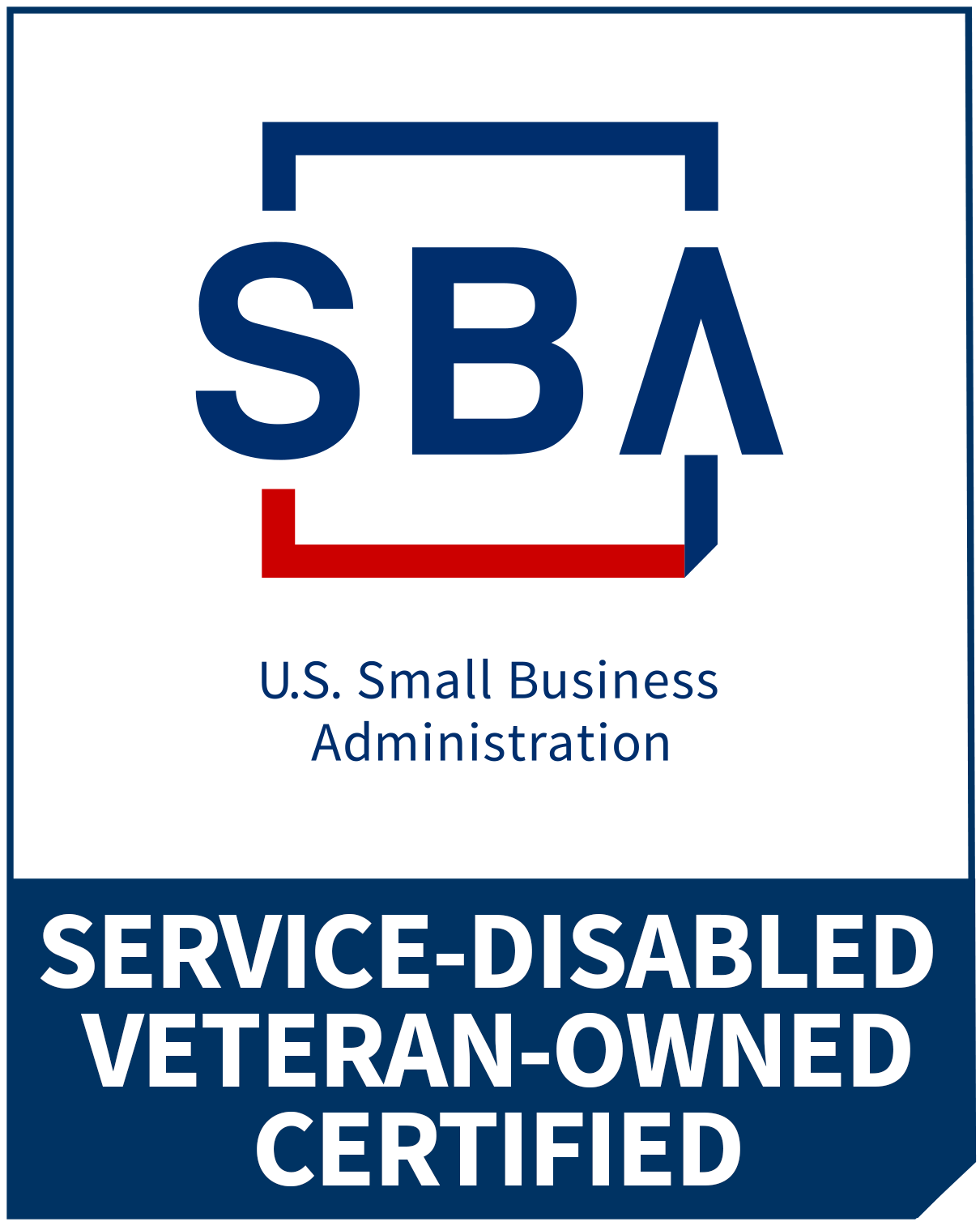If you’ve followed me much at all, you know that my main mantra about CX is that you need to work your VoC insights, by which I mean, you have to take action on what you’ve learned there. Otherwise (as I’ve written recently), you’re simply throwing your money away with surveys, interviews, and the like.
In fact, as I’ve also mentioned, the largest part of your CX program—the part that should receive the most attention, the most effort, the most resources, time, and energy—should be your Process Engineering efforts. It’s not that Customer Insights or building a good CX Culture aren’t important, and not that they don’t sometimes require a lot of resources and attention themselves. But, if I’d written my framework as a picture with cogs in a machine, the PE piece would by far be the biggest part.
That’s because it’s where the changes happen. Sure…these changes couldn’t have been as impactful or as well-identified and directed had they not been based on Customer Insights. And definitely it takes a culture that’s truly Customer-centric in order to get people on board with the whys of your process improvements. But somebody’s got to do the…doing.
And that’s where sometimes people think I’m trying to get away with something…slip it in the side door.
It’s no secret that I began the CX part of my career thanks in biggest part to my background in Process Engineering. When I was recruited to be a CX executive, it was primarily because the organization wanted to leverage my Lean Six Sigma Black Belt to drive improvements to their internal processes…improvements, mind you, centered on the goal of elevating their Customers’ experiences.
So, I’m not coy about the biggest part of CX, from my perspective—it’s part of my own origin story, after all. But still, from time to time, when I’m asked, “so tell me about CX,” by someone at a networking event or perhaps to whom I’ve just been introduced, I’ll get a bit of a skeptical response, “Heh…I dunno, Z. That sounds kind of like BPI with a fresh coat of paint.” (BPI stand for Business Process Improvement, that’s the PMO-type office in the organization wherein sit your Black Belts and other PE experts carrying out improvement projects, educating about process improvement, and driving improvement culture throughout your company…I’ve spent quite some time in those offices throughout my career.)
My response? “Yeah! Exactly!”
I’ve had a few clients recently, in fact, who have said, “Y’know, Z, all this CX stuff is great, but really we just need a lot of help with our processes. We’re inefficient and miss a lot because our processes and systems aren’t up-to-snuff. Can we work on those?” Well, sure. That’s the whole point!
It’s not to dismiss the importance of you Customers to the process of Process Engineering (in fact, one happy outcome of using PE to improve your CX is that you’ll also be leaner and more efficient which will save you resources and money…it’s almost impossible to do Process Improvement without saving resources at the end). One of the most important principles of Lean, in fact, is Customer-centricity. But it’s not giving away of trade secrets to acknowledge that, if you’re getting CX right, it’s because your entire Customer Experience enterprise (your Office of the Customer, your Chief Customer Officer, and all that) spends most of its time and energy implementing changes and process improvement engagements.
If that means that CX is ‘nothing new under the sun,’ so be it. Plenty of folks are trying to make CX a huge thing with lots of bells and whistles. White papers and ‘studies’ abound touting the goodness and awesome results guaranteed by “doing CX” (usually defined as putting someone “in charge of CX,” whatever that means) within your company. That’s certain to lead to a few grifters and empty promises; not to mention lots of confusion based on the ethereal nature of what “thought leaders” say CX even is.
I know not all CX practitioners see it my way, but in the end, it really is the same, foundational, roll-up-the-sleeves tough work that anybody in Change Management or Process Engineering has had to do his or her whole career. Call it something else, use a different vantage from which to launch it, okay. In the end, if you’re improving what you do and how you do it, you’re getting the picture…and likely getting CX right.




